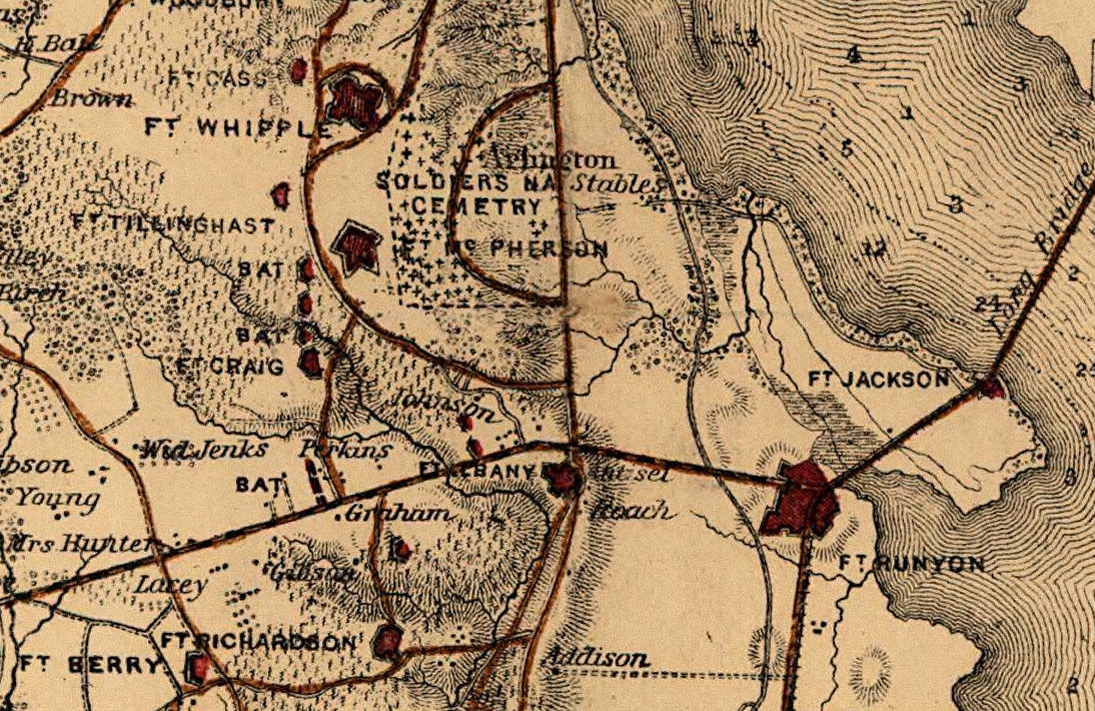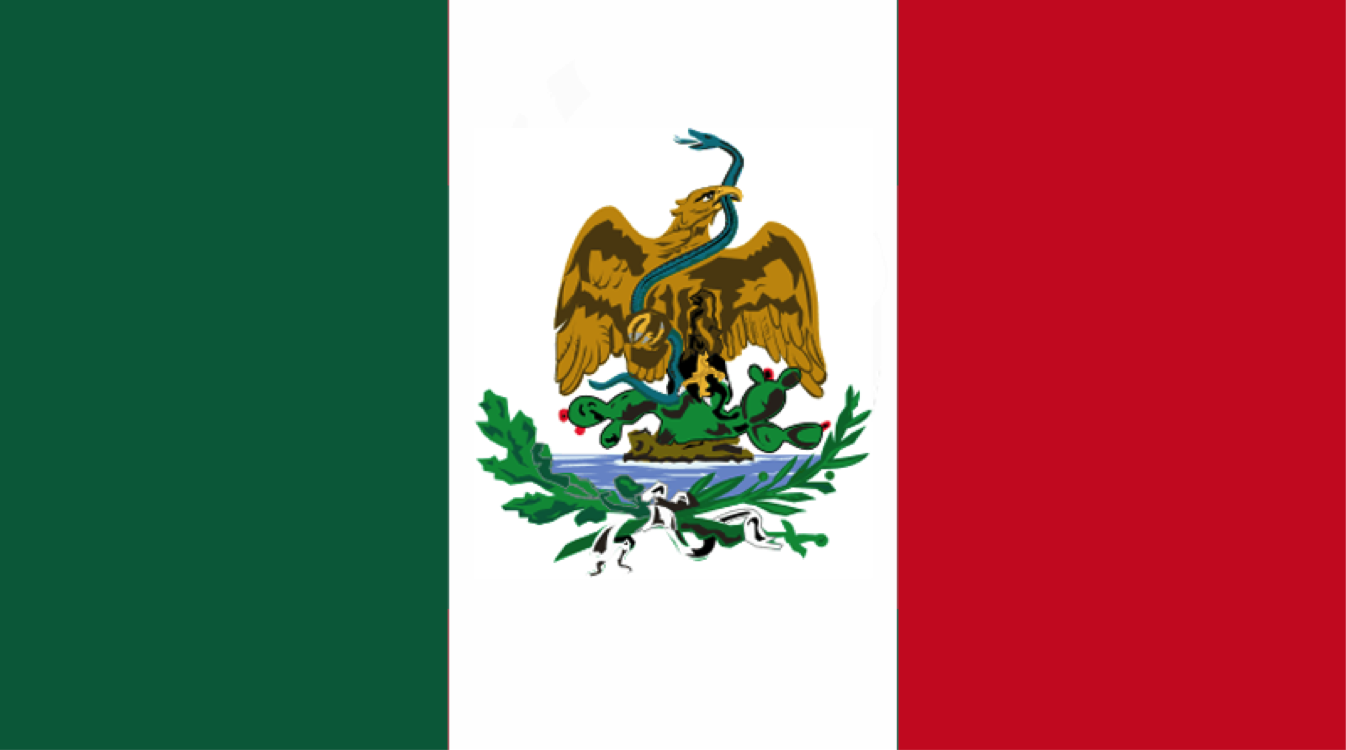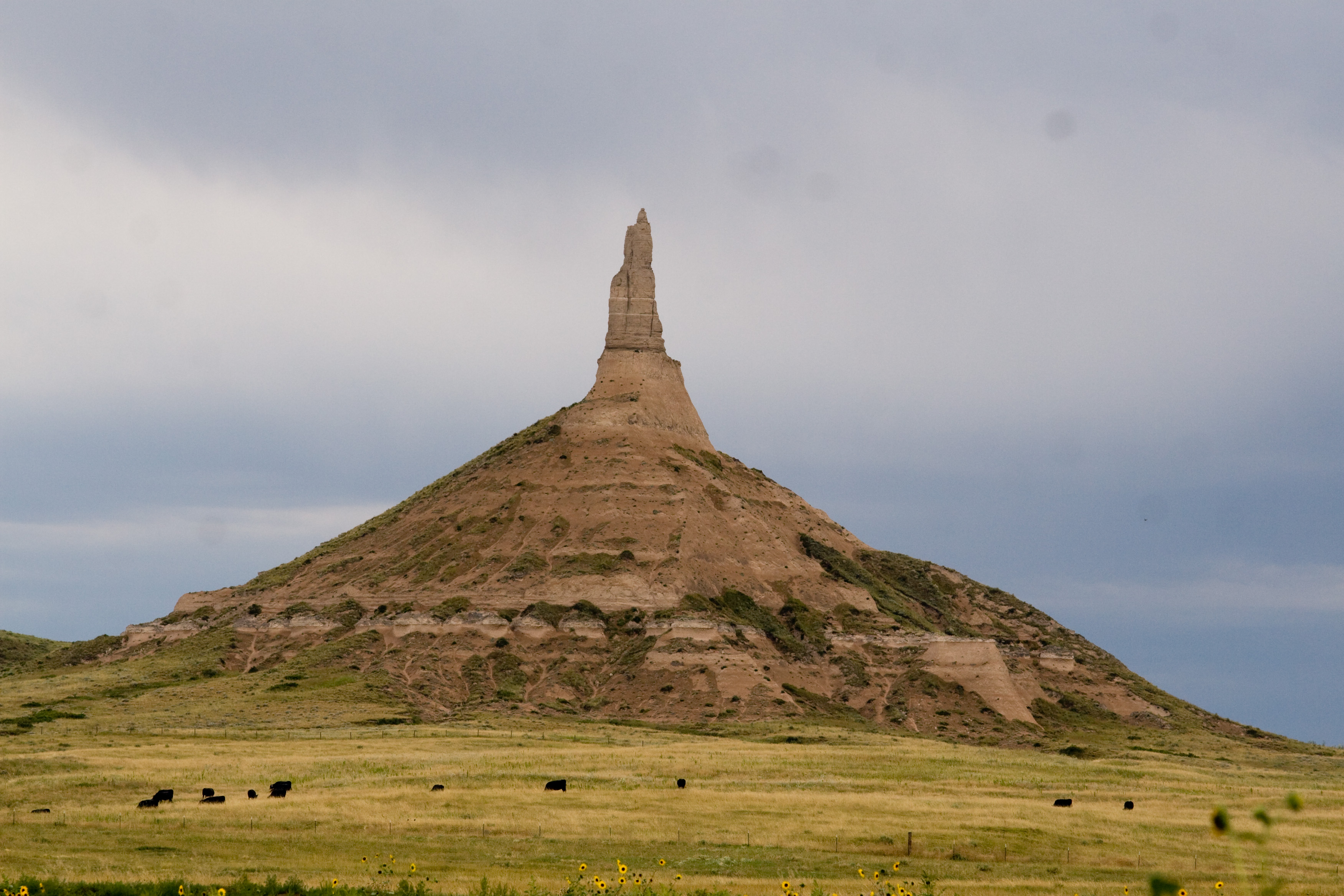|
Henry Johnson (Medal Of Honor)
Henry Johnson (June 11, 1850 – January 31, 1904) was a Buffalo Soldier in the United States Army and a recipient of America's highest military decorationthe Medal of Honorfor his actions in the Indian Wars of the western United States. Career Cheyennene wars Johnson was originally from Boydton, Virginia. In 1866, he enlisted in the Army at Detroit, Michigan as an original member of F Troop of the 10th Cavalry. He fought with the 10th against the Cheyenne on the Republican River. Johnson joined D Troop of the 9th Cavalry in June 1877, where the troop was stationed at Fort Wallace. The troop was patrolling southern Colorado at the time of the Meeker Massacre. Meeker Massacre and the Utes On September 29, 1879, a group of Ute warriors, led by Chief Colorow ambushed a group of around 175 soldiers and militiamen from Fort Steele near Milk Creek. At the same time, the Utes also killed the Indian agent and his white employees at the Ute reservation nearby. The troops near the cre ... [...More Info...] [...Related Items...] OR: [Wikipedia] [Google] [Baidu] |
Boydton, Virginia
Boydton is a town in Mecklenburg County, Virginia, United States. The population was 431 at the 2010 census. It is the county seat of Mecklenburg County, and it is near Kerr Lake. Geography Boydton is located at (36.667997, −78.389001). According to the United States Census Bureau, the town has a total area of 0.8 square miles (2.1 km2), all of it land. Demographics As of the census of 2000, there were 454 people, 134 households, and 95 families residing in the town. The population density was 553.0 people per square mile (213.8/km2). There were 165 housing units at an average density of 201.0 per square mile (77.7/km2). The racial makeup of the town was 58.15% White, 39.21% African American, 1.54% from other races, and 1.10% from two or more races. Hispanic or Latino of any race were 2.42% of the population. There were 134 households, out of which 23.9% had children under the age of 18 living with them, 58.2% were married couples living together, 11.9% had ... [...More Info...] [...Related Items...] OR: [Wikipedia] [Google] [Baidu] |
Colorow (Ute Chief)
Colorow was a Ute chief of the Ute Mountain Utes, skilled horseman, and warrior. He was involved in treaty negotiations with the U.S. government. In 1879, he fought during the Meeker Massacre. Eight years later, his family members were attacked during Colorow's War. He was placed in the Jefferson County Hall of Fame in recognition of for the contributions that "he made to our county and, indeed, our state and nation." Early life Colorow was born a Comanche about 1810. Five years later there was a battle in Northern New Mexico which resulted in him being kidnapped by the Muache band of Utes. He received the nickname "Red" or "Colorado" for his particularly red skin, as compared to the Utes. Career Colorow was a skilled horseman and warrior. He traveled across the trails of Colorado, having known many chiefs of other tribes, fur trappers, military men, and the Spanish. He visited Colorado towns. He engaged in battles with the Arapaho, one near Aspen where he was called a hero and a ... [...More Info...] [...Related Items...] OR: [Wikipedia] [Google] [Baidu] |
Fort Myer
Fort Myer is the previous name used for a U.S. Army post next to Arlington National Cemetery in Arlington County, Virginia, and across the Potomac River from Washington, D.C. Founded during the American Civil War as Fort Cass and Fort Whipple, the post merged in 2005 with the neighboring Marine Corps installation, Henderson Hall, and is today named Joint Base Myer–Henderson Hall. History In 1861, the land that Fort Myer would eventually occupy was part of the Arlington estate, which Mary Anna Custis Lee, the wife of Robert E. Lee, owned and at which Lee resided when not stationed elsewhere (see Arlington House, The Robert E. Lee Memorial). When the Civil War began, the Commonwealth of Virginia seceded from the United States, Lee resigned his commission, and he and his wife left the estate. The United States Government then confiscated the estate and began to use it as a burial ground for Union Army dead (see Arlington National Cemetery), to house freed slaves (Freedmen's Vill ... [...More Info...] [...Related Items...] OR: [Wikipedia] [Google] [Baidu] |
Pine Ridge Indian Reservation
The Pine Ridge Indian Reservation ( lkt, Wazí Aháŋhaŋ Oyáŋke), also called Pine Ridge Agency, is an Oglala Lakota Indian reservation located entirely within the U.S. state of South Dakota. Originally included within the territory of the Great Sioux Reservation, Pine Ridge was created by the Act of March 2, 1889, 25 Stat. 888. in the southwest corner of South Dakota on the Nebraska border. Today it consists of of land area and is one of the largest reservations in the United States. The reservation encompasses the entirety of Oglala Lakota County and Bennett County, the southern half of Jackson County, and a small section of Sheridan County added by Executive Order No. 2980 of February 20, 1904. Of the 3,142 counties in the United States, these are among the poorest. Only of land are suitable for agriculture. The 2000 census population of the reservation was 15,521; but a study conducted by Colorado State University and accepted by the United States Department of Hou ... [...More Info...] [...Related Items...] OR: [Wikipedia] [Google] [Baidu] |
Fort Grant, Arizona
Fort Grant is a state prison and a former United States Army fortification in the U.S. state of Arizona. Fort Grant is located on the southwestern slope of Mount Graham in what is now Graham County. The post is named for Ulysses S. Grant, the 18th President of the United States. History Fort Grant began its life in August 1860 in the Arizona Territory as an Old West outpost named Fort Breckinridge, at the junction of Aravaipa Creek and the San Pedro River. Fort Breckinridge was destroyed and the site was abandoned in 1861, following removal of the Union garrison at the start of the American Civil War. The site of Fort Breckinridge was reoccupied as Fort Stanford, or Camp Stanford, from 1862 to 1865 by troops of the California Column. When the U.S. Army proper finally reoccupied the site, it was renamed Camp Grant between 1865 and 1872. In 1872, after the Camp Grant Massacre, the United States Army post at "old" Camp Grant (at the confluence of Aravaipa Creek and the San P ... [...More Info...] [...Related Items...] OR: [Wikipedia] [Google] [Baidu] |
Fort Riley
Fort Riley is a United States Army installation located in North Central Kansas, on the Kansas River, also known as the Kaw, between Junction City and Manhattan. The Fort Riley Military Reservation covers 101,733 acres (41,170 ha) in Geary and Riley counties. The portion of the fort that contains housing development is part of the Fort Riley census-designated place, with a residential population of 7,761 as of the 2010 census. The fort has a daytime population of nearly 25,000. The ZIP Code is 66442. Namesake Fort Riley is named in honor of Major General Bennet C. Riley, who led the first military escort along the Santa Fe Trail. The fort was established in 1853 as a military post to protect the movement of people and trade over the Oregon, California, and Santa Fe trails. In the years after the Civil War, Fort Riley served as a major United States Cavalry post and school for cavalry tactics and practice. The post was a base for skirmishes with Native Americans after ... [...More Info...] [...Related Items...] OR: [Wikipedia] [Google] [Baidu] |
Victorio's War
Victorios War, or the Victorio Campaign, was an armed conflict between the Apache followers of Chief Victorio, the United States, and Mexico beginning in September 1879. Faced with arrest and forcible relocation from his homeland in New Mexico to San Carlos Indian Reservation in southeastern Arizona, Victorio led a guerrilla war across southern New Mexico, west Texas and northern Mexico. Victorio fought many battles and skirmishes with the United States Army and raided several settlements until the Mexican Army killed him and most of his warriors in October 1880 in the Battle of Tres Castillos. After Victorio's death, his lieutenant Nana led a raid in 1881. Scholar Dan Thrapp wrote of Victorio's War that "never again were pachefighters in such numbers to roam and ravage that country, nor were they again to be so ably led and managed." Victorio, according to scholar Robert N. Watt, "is widely acknowledged as being one of the best guerrilla leaders of the Apache Wars." Backgroun ... [...More Info...] [...Related Items...] OR: [Wikipedia] [Google] [Baidu] |
Apaches
The Apache () are a group of culturally related Native American tribes in the Southwestern United States, which include the Chiricahua, Jicarilla, Lipan, Mescalero, Mimbreño, Ndendahe (Bedonkohe or Mogollon and Nednhi or Carrizaleño and Janero), Salinero, Plains (Kataka or Semat or "Kiowa-Apache") and Western Apache ( Aravaipa, Pinaleño, Coyotero, Tonto). Distant cousins of the Apache are the Navajo, with whom they share the Southern Athabaskan languages. There are Apache communities in Oklahoma and Texas, and reservations in Arizona and New Mexico. Apache people have moved throughout the United States and elsewhere, including urban centers. The Apache Nations are politically autonomous, speak several different languages, and have distinct cultures. Historically, the Apache homelands have consisted of high mountains, sheltered and watered valleys, deep canyons, deserts, and the southern Great Plains, including areas in what is now Eastern Arizona, Northern Mexico (Son ... [...More Info...] [...Related Items...] OR: [Wikipedia] [Google] [Baidu] |
United States Army Center Of Military History
The United States Army Center of Military History (CMH) is a directorate within the United States Army Training and Doctrine Command. The Institute of Heraldry remains within the Office of the Administrative Assistant to the Secretary of the Army. The center is responsible for the appropriate use of history and military records throughout the United States Army. Traditionally, this mission has meant recording the official history of the army in both peace and war, while advising the army staff on historical matters. CMH is the flagship organization leading the Army Historical Program. CMH is also in charge of the National Museum of the United States Army, which was recently completed at Fort Belvoir, Virginia. Mission The center traces its lineage back to historians under the Secretary of War who compiled the ''Official Records of the Rebellion'', an extensive history of the American Civil War begun in 1874. A similar work on World War I was prepared by the Historical Section o ... [...More Info...] [...Related Items...] OR: [Wikipedia] [Google] [Baidu] |
Colorado
Colorado (, other variants) is a state in the Mountain West subregion of the Western United States. It encompasses most of the Southern Rocky Mountains, as well as the northeastern portion of the Colorado Plateau and the western edge of the Great Plains. Colorado is the eighth most extensive and 21st most populous U.S. state. The 2020 United States census enumerated the population of Colorado at 5,773,714, an increase of 14.80% since the 2010 United States census. The region has been inhabited by Native Americans and their ancestors for at least 13,500 years and possibly much longer. The eastern edge of the Rocky Mountains was a major migration route for early peoples who spread throughout the Americas. "''Colorado''" is the Spanish adjective meaning "ruddy", the color of the Fountain Formation outcroppings found up and down the Front Range of the Rocky Mountains. The Territory of Colorado was organized on February 28, 1861, and on August 1, 1876, U.S. President Ulyss ... [...More Info...] [...Related Items...] OR: [Wikipedia] [Google] [Baidu] |
Battle Of Milk Creek
Meeker Massacre, or Meeker Incident, White River War, Ute War, or the Ute Campaign), took place on September 29, 1879 in Colorado. Members of a band of Ute Indians ( Native Americans) attacked the Indian agency on their reservation, killing the Indian agent Nathan Meeker and his 10 male employees and taking five women and children as hostages. Meeker had been attempting to convert the Utes to Christianity, to make them farmers, and to prevent them from following their nomadic culture. On the same day as the massacre, United States Army forces were en route to the Agency from Fort Steele in Wyoming due to threats against Meeker. The Utes attacked U.S. troops led by Major Thomas T. Thornburgh at Milk Creek, north of present day Meeker, Colorado. They killed the major and 13 troops. Relief troops were called in and the Utes dispersed. The conflict resulted in the Utes losing most of the lands granted to them by treaty in Colorado, the forced removal of the White River Utes and ... [...More Info...] [...Related Items...] OR: [Wikipedia] [Google] [Baidu] |
Nebraska State Historical Society
History Nebraska, formerly the Nebraska State Historical Society is a Nebraska state agency, founded in 1878 to "encourage historical research and inquiry, spread historical information ... and to embrace alike aboriginal and modern history." It was designated a state institution in 1883, and upgraded to a state agency in 1994. The agency rebranded and announced their name change to History Nebraska on April 30, 2018. The agency's mission statement is " ocollect, preserve, and open to all, the histories we share." The agency developed a process for the return of human remains, burial objects and cultural items of 1,400 individuals in accordance with the Native American Graves Protection and Repatriation Act of 1990. State Historic Sites Facilities and operations of the society include: History Nebraska also operates the Gerald R. Ford Conservation Center in Omaha. See also * National Register of Historic Places listings in Nebraska * List of National Historic Landmark ... [...More Info...] [...Related Items...] OR: [Wikipedia] [Google] [Baidu] |








